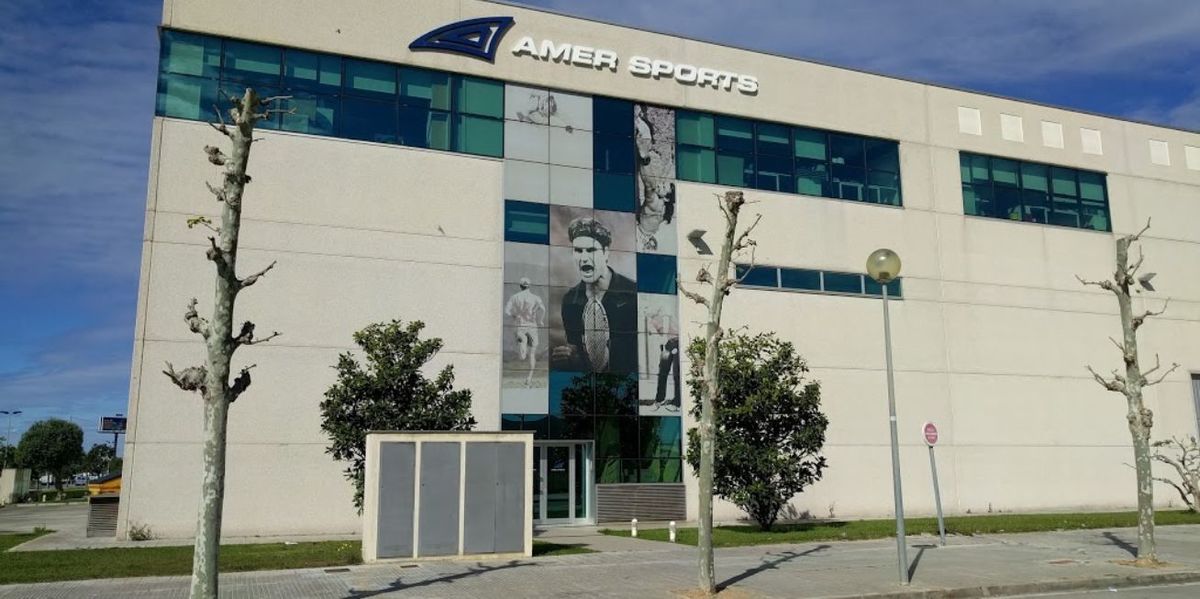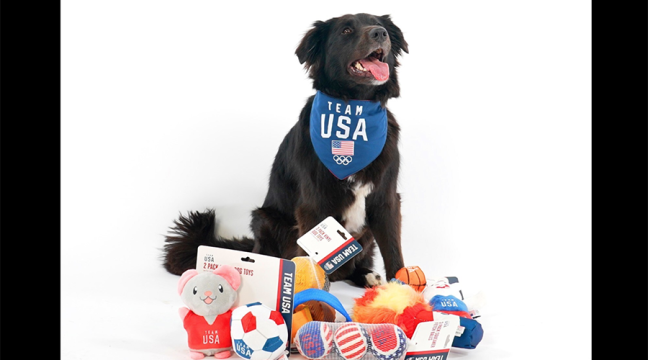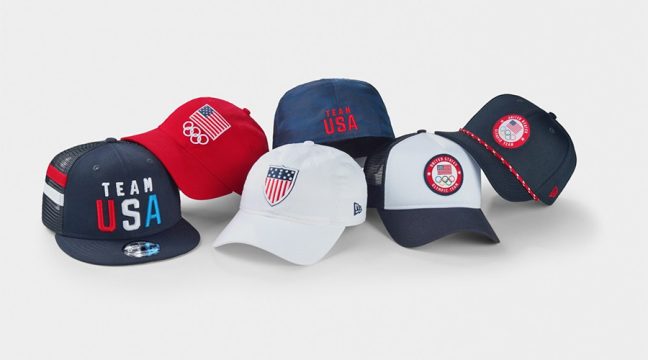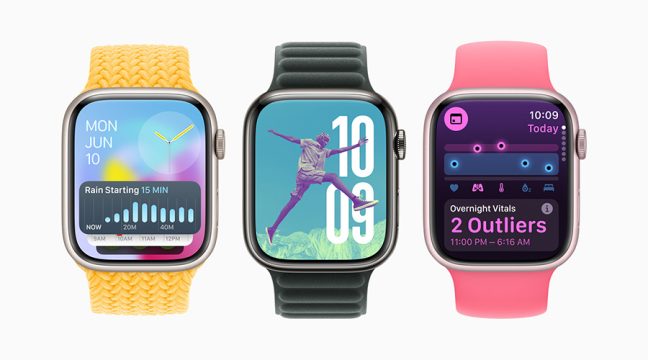A healthy dose of straightforward mergers and acquisitions occurred in the sporting goods, outdoor and active lifestyle industries in 2018, but a handful of unconventional deals stole the spotlight. Outside-the-box transactions—which garnered much more attention than traditional ones—included a consortium of Chinese investors and a well-known active lifestyle name purchasing Amer Sports (pictured).
Author: SGB Media
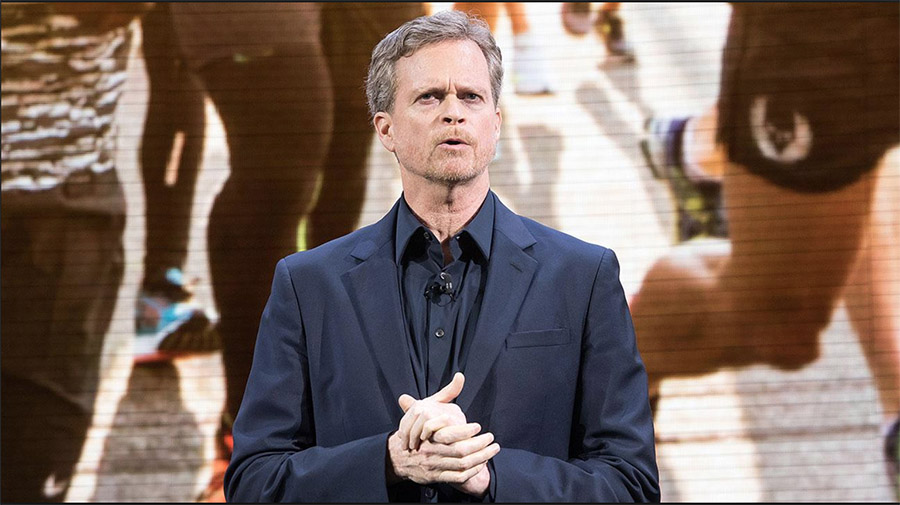
Nike CEO Mark Parker: Company Focused On Digital Growth, Women’s Market
After Nike Inc. blew past earnings and revenue estimates in the second quarter, CEO Mark Parker had plenty to discuss on Thursday afternoon’s earnings conference call with analysts. Two distinct themes about Nike’s future path emerged in Parker’s comments: continued digital growth and a heightened focus on women’s footwear and apparel business.
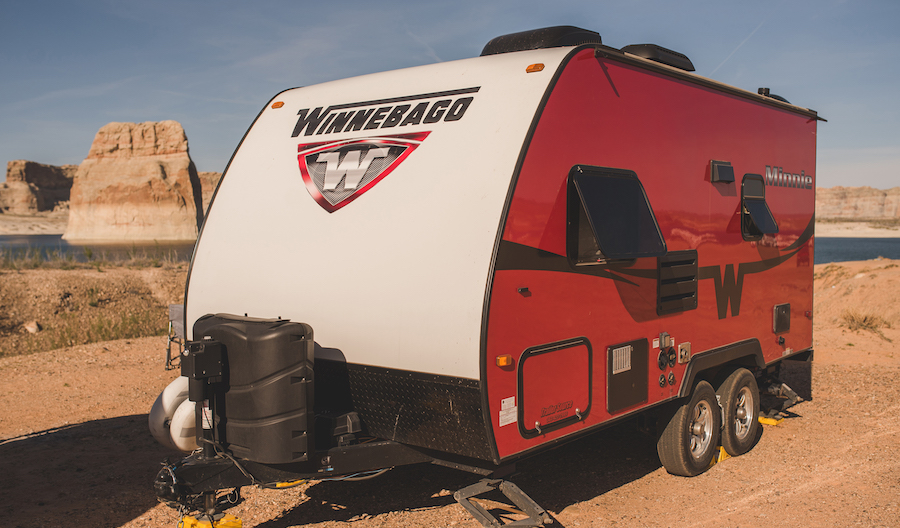
Winnebago Cruises To Q1 Beat Behind Towables Growth, Acquisition Boost
Revenue growth in the towables portion of Winnebago Industries Inc.’s portfolio plus the boost from the recent Chris-Craft acquisition helped the company cruise past Wall Street’s earnings per share and revenue targets. The Forest City, IA-based recreational vehicle company reported net earnings increased 23.4 percent in the first quarter ended November 24 on a 9.7 percent climb in revenues.
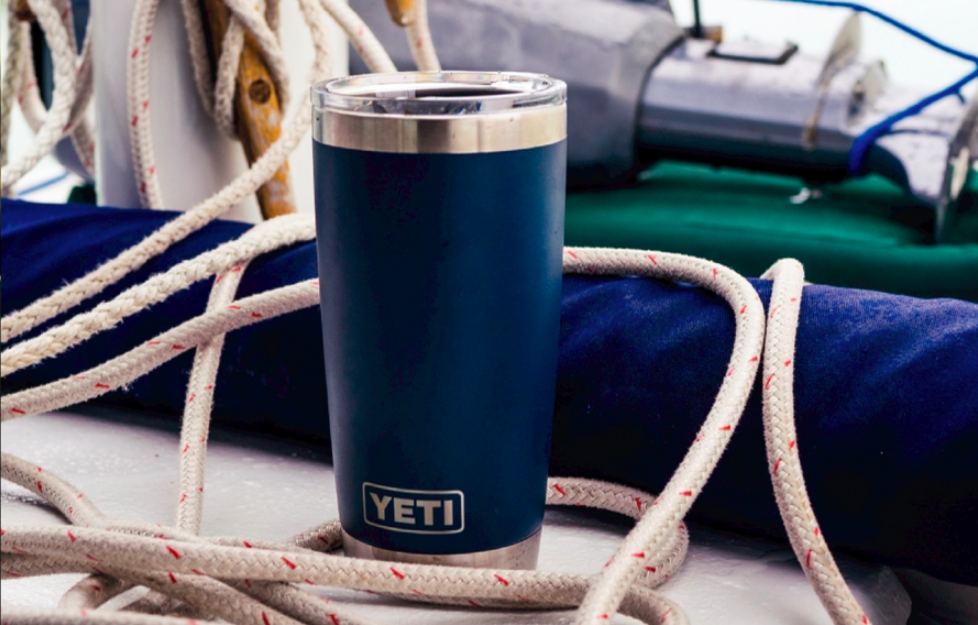
Stifel Outlook: Uncertainty Presents Opportunity For Active Lifestyle Brands
In “2019 Outlook: Uncertainty Presents Opportunities,” a note that was sent to investors this week, Jim Duffy of Stifel outlined what he believes are going to be the differentiators for sports and active lifestyle brands in the new year. The newly public Yeti Holdings Inc., for example, was among those forecasted for a strong year based on its new product drivers and digital competency.

Case Study: Burton’s Patience In China Paying Off
In a companion piece to our special report on how U.S. snow sports brands can expand to China, SGB examines how Burton Snowboards established a strong presence in the China market way back in 2003. Now that the Winter Olympics are coming to China in three years, the Vermont-based brand is well-positioned for a booming snow sports marketplace. Here’s how they did it.

Snow Sports Industry Eyes China As Last Untapped Market
As host of the 2022 Winter Olympics, China is developing snow sports infrastructure not only for the Games but also for its citizens to use recreationally. The government said it will create 300 million winter sports participants over the next few years, a number that understandably caught the attention of the U.S. snow sports industry. In this special report, SGB outlines the opportunities that China offers brands and how they should approach this untapped market.

Peak Resorts Finds ‘Firm Footing’ In Second Quarter
Shares of Peak Resorts Inc. rose 24 cents, or 4.9 percent, to $5.14 Wednesday on the company’s solid second-quarter performance that was bolstered by strong sales of its Peak Pass and plentiful early season snowfall that helped some of its resorts open early—the type of top-line boost that ski area owners covet during the traditionally slow fall quarter.

SGB Executive Q&A: Wendy Yang Of Deckers’ Performance Lifestyle Brands
Wendy Yang, president of Deckers Brands’ performance lifestyle brands (Hoka One One, Sanuk and Teva), spoke with SGB recently about what’s driving success at Hoka One One, that brand’s channel strategy and the importance of all three brands’ recent partnership with Camber Outdoors.

Vail Resorts Shares Start To Regain Footing After Last Week’s Faceplant
Shares of Vail Resorts Inc. climbed $11.23, or 5 percent, to $234.48 on Monday, giving the company a much-needed rebound after last week’s nearly 20 percent selloff—the largest since the company went public in 1997—on its widened loss and revenue miss in the fiscal first quarter.

Conservative Holiday Guidance, Apparel Industry Woes Sink Lululemon Shares
Shares of Lululemon Athletica Inc. closed the week down $17.57, or 13.4 percent, to $113.87 on concerns over the company’s conservative holiday guidance and also over widespread fear of a tariff resurgence despite talks earlier in the week that the trade war might be dissipating.
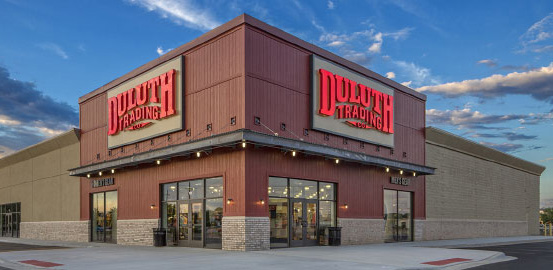
Retail Disappoints In Duluth Trading’s Q3
Shares of Duluth Holdings Inc. tumbled $6.03, or 19.9 percent, to $24.33 Friday following the company’s mixed third-quarter results. Although the company’s revenue was up 27.4 percent to $106.7 million—which beat Wall Street’s target by $2 million—there is concern on the retail side.
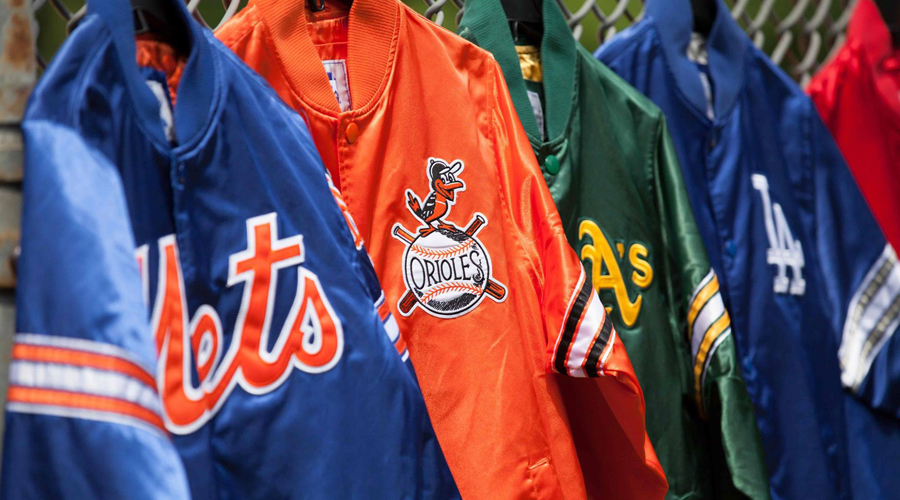
G-III Shares Plummet As Apparel Manufacturers Suffer
Shares of G-III Apparel Group Ltd. were down $5.84, or 14.3 percent, at market close Thursday amid a handful of other apparel manufacturers losing value after a mixed third quarter. But G-III was, in fact, one of the better performing apparel companies in the period. The company reported earnings for the third quarter ended October 31—its largest quarter of the year—rose 15.6 percent on a 4.7 percent revenue gain.
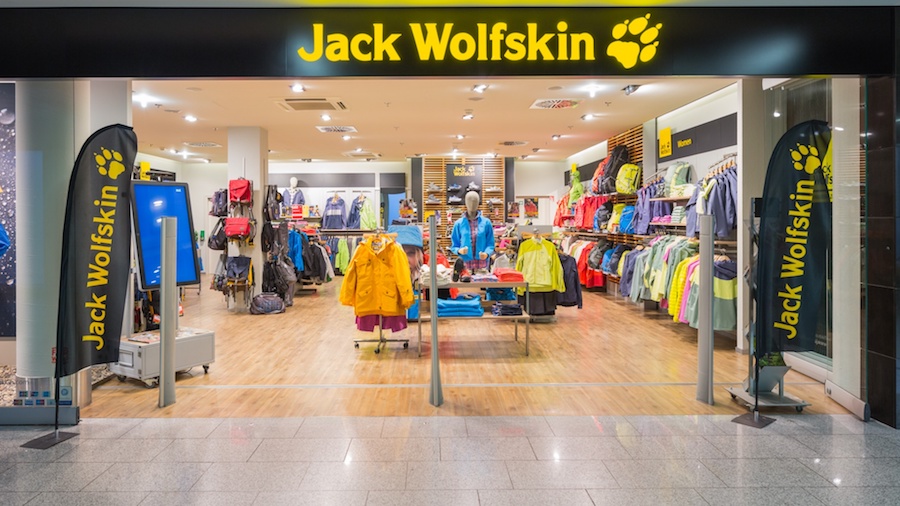
Behind The Deal: How Callaway Aced The Jack Wolfskin Acquisition
Anyone who looks beyond the surface of Callaway Golf Co.’s agreement to acquire Jack Wolfskin for $476 million will see that reducing it to the simplistic “golf company buys outdoor brand” doesn’t capture the depth of the deal. The acquisition makes sense on multiple levels for both companies amid the blurring of channels, product lines and even consumer habits.

Fjallraven North America’s Nathan Dopp Shares Brand Outlook
Nathan Dopp, deputy CEO and president of the Americas for Fjallraven North America, spoke with SGB at last month’s Outdoor Retailer Winter Market in Denver, CO, where he shared what’s on tap for the brand in 2019 and beyond.
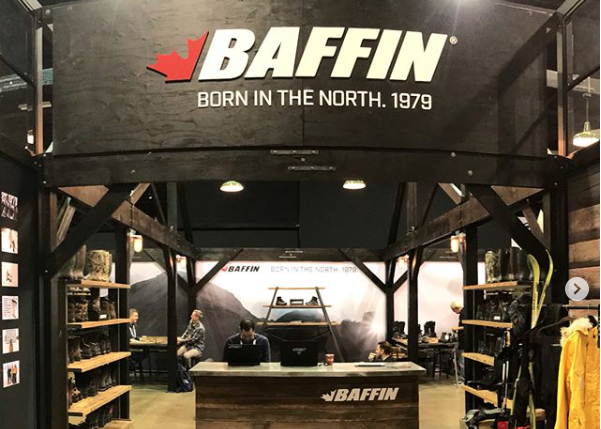
November M&A Roundup: Big Outdoor Deals Bookend Busy Month
Two large acquisitions in the outdoor space bookended November—Canada Goose bought Baffin to kick off the month and Callaway bought Jack Wolfskin to close it—while a flurry of M&A activity occurred in the days between.

